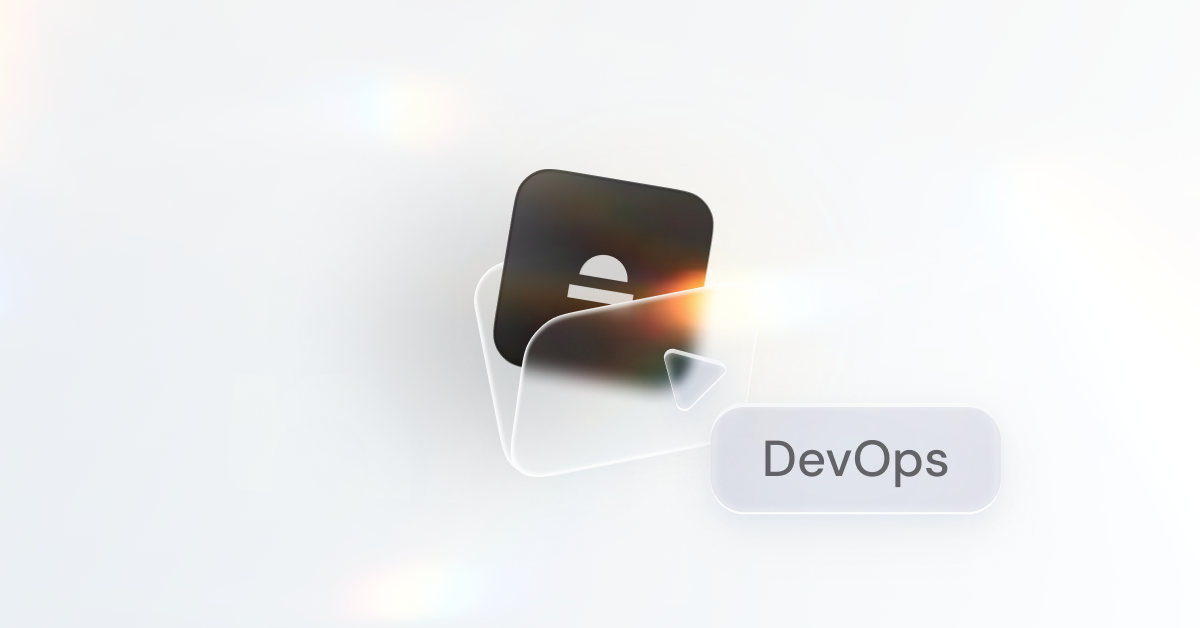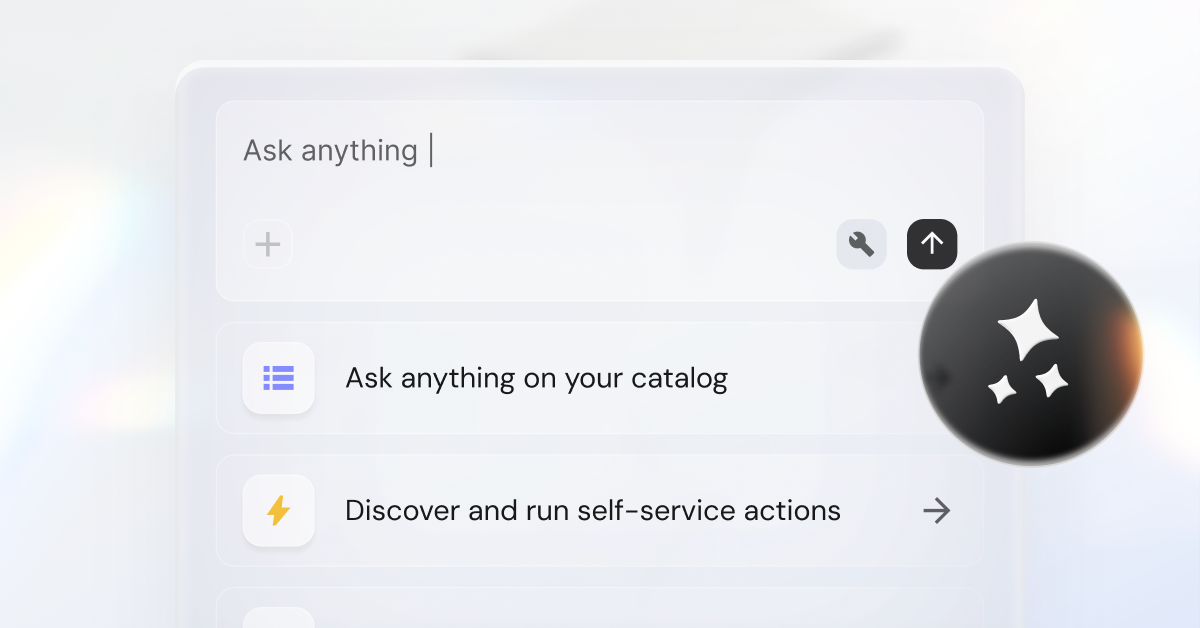Announcing Port timer: TTL for ephemeral cloud environments, permissions and more



Some things need to self-destroy and not live forever, but they stay alive
People always fret about orphaned cloud resources, developer environments, and other on demand resources that are reported to live forever in the shadows, making cloud costs uncontrollable and environments messy. And don’t forget temporary permissions that stay on forever.
A common practice among engineering organizations is to resolve this issue through a dedicated database that stores the timestamp of the resource, which is then followed by an automatic cleanup script. Other engineering organizations use on-call for clean-up once a week: in that case, temporary resources or permissions are deleted with a shaking hand, risking the ire of the developer that still needed them.
Developers need to provision short-lived cloud environments/resources, on-demand. They need temporary permissions too. All this needs to happen without expending too much energy, rummaging around in cloud management tools etc. It’s also important to keep developer experience in mind: developers need easy access to be able to consume devops resources, and devops also need to be able to work seamlessly with permissions.
We believe that developer self-service actions are of key importance in the software catalog, not less important than the software catalog and the developer and devops KPIs. And a key part of developer self-service is having a built in timer that allows for TTL. This is a classic example of creating guardrails for developers and easier lives for devops.
TTL for ephemeral cloud environments
In this case, we require developers to choose a TTL when performing a self-service action to spin-up an ephemeral environment. If they want more time than was pre-set in the self-service interface of the developer portal they can request manual approval. This means that the developer will find it easy to spin-up an ephemeral cloud env, update and use it, and then have it self-destruct when the time is up.
Temporary Permissions
When developers ask for permissions to cloud resources, production environments and any other type of resource, a time limit needs to be set, after which permissions revert back. This is important for many compliance and security reasons, as well as general good order. Similarly, in the developer self-service action UI, this can be pre-defined and manual approvals required for longer time permissions.
Port’s Timer Feature
This is exactly what the Port Timer feature does. It allows the provisioning of a temporary anything through developer self-service actions:
- Temporary integration environments
- Temporary cloud or environment permissions
- Temporary cloud resources and more
Once the time is up, there is an automatic shut-down. In case the developer needs more time, a manual approval process can be set up, requiring devops approval.

Practically speaking, the Timer feature is defined in Port Blueprints. A Blueprint is the basic building block in Port. It represents assets that can be managed in Port, such as Microservice, Environments, Packages, Clusters, Databases, and many more. Blueprints are completely customizable and can support Timers.
Timer properties allow you to define expiration date & time that can trigger internal workflows, such as triggering a workflow that destroys an ephemeral on-demand environment when the time comes.
With TTL, you can kick back and relax while developers roam freely.
To see Port for yourself, request a demo.
Get your survey template today
Download your survey template today
Free Roadmap planner for Platform Engineering teams
Set Clear Goals for Your Portal
Define Features and Milestones
Stay Aligned and Keep Moving Forward
Create your Roadmap
Free RFP template for Internal Developer Portal
Creating an RFP for an internal developer portal doesn’t have to be complex. Our template gives you a streamlined path to start strong and ensure you’re covering all the key details.
Get the RFP template
Leverage AI to generate optimized JQ commands
test them in real-time, and refine your approach instantly. This powerful tool lets you experiment, troubleshoot, and fine-tune your queries—taking your development workflow to the next level.
Explore now
Check out Port's pre-populated demo and see what it's all about.
No email required
.png)
Check out the 2025 State of Internal Developer Portals report
No email required
Minimize engineering chaos. Port serves as one central platform for all your needs.
Act on every part of your SDLC in Port.
Your team needs the right info at the right time. With Port's software catalog, they'll have it.
Learn more about Port's agentic engineering platform
Read the launch blog
Contact sales for a technical walkthrough of Port
Every team is different. Port lets you design a developer experience that truly fits your org.
As your org grows, so does complexity. Port scales your catalog, orchestration, and workflows seamlessly.

Book a demo right now to check out Port's developer portal yourself

Apply to join the Beta for Port's new Backstage plugin
Further reading:

Learn more about Port’s Backstage plugin
















.png)

